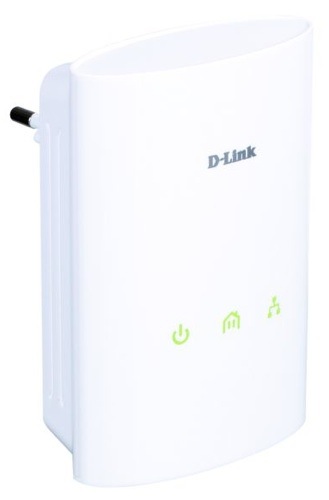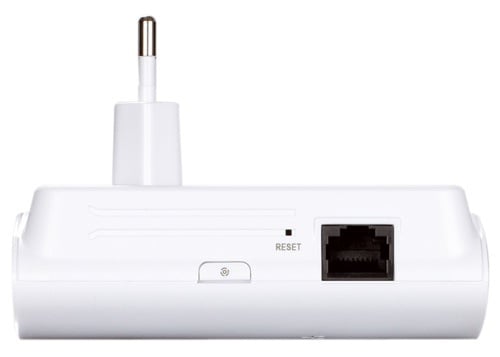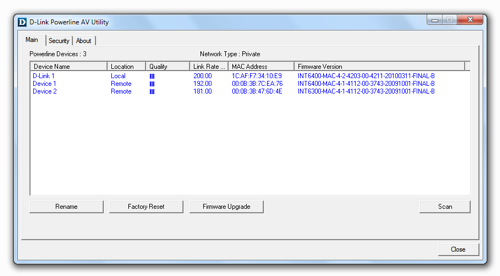Original URL: https://www.theregister.com/2010/09/02/review_peripherals_d_link_dhp_306av_hdp_307av/
D-Link DHP-306AV powerline Ethernet adaptor
Network your mains cabling
Posted in Personal Tech, 2nd September 2010 07:01 GMT
Review I use a couple of Devolo dLAN AVplus powerline Ethernet adaptors at home, to hook up my wired-only Sony Bravia connected telly to my router. They're great adaptors, but with a pass-through three-pin power socket, they're bulky. D-Link's latest adaptor, the DHP-306AV, offers a more compact alternative.

D-Link's DHP-306AV: compact
You'd not know it from the box, or the adaptor itself, but the D-Link adheres to the HomePlug AV powerline standard, which provides throughputs of up to 200Mb/s over mains wiring.
Like all other 200Mb/s adaptors - even those based on the rival Universal Powerline standard - this one sports a 100Mb/s Ethernet port because there's no way that in the real world you're going to get speeds anywhere near the maximum, which is the raw speed before error correction and data-exchange protocols have taken up bandwidth, let alone the impact of noise on the line.
The throughput you actually get depends on the state of your electric wiring, what other devices you have plugged in, how far apart your adaptors are and so on. I did a file-transfer test, uploading and downloading a movie file to and from a network hard drive and got a reasonable average of 62Mb/s, which is pretty much what I get with the Devolo adaptors.

The Ethernet port is on the side... but still only 100Mb/s
The D-Link adaptor has push-button encryption: press the key on each adaptor and they'll jointly agree on and share a 128-bit AES encryption key. Or you can set your own using the utility D-Link bundles with the DHP-306AV. Nicely, the utility lets you give names to each adaptor, the better to see which one each one on this list is: 'living room', 'router' etc.
Energy star
D-Link has designed the adaptor with the Ethernet adaptor on the side rather than the bottom. The downside: it'll have to be placed in the right-most socket of multi-port boards and wall-sockets or the Ethernet cable may get in the way of other devices - though not ordinary plugs, I found.
Having the Ethernet port on the base of the adaptor can be a problem too if your wall-sockets are mounted close to the ground. If that's your situation, D-Link's port positioning will be welcome.

The bundled utility makes managing your LAN easy
And anyone will appreciate its power-conservation abilities. The Devolo adaptor - now a year or so old - consumes around 0.02W when it's plugged in, rising to 0.04W when data is flowing, according to the Reg Hardware power meter. The D-Link, however, generally stays at 0.02W. Occasionally, it'll peak at 0.04W, but quickly drops back down, even when, say, you're copying a file.
Leave the DHP-306AV plugged in but not connected to a local device and after a minute or so, it drops down to less than 0.01W, popping back up to 0.02W every five seconds or so to keep the powerline link alive.
D-Link sells two DHP-306AVs together as the DHP-307AV "starter kit" for which the company wants £100 though you can find it online for as little as £70. That's par for course, which is handy because the D-Link delivers the same performance as competing products too. It seems like whoever's adaptor you choose you'll get the same bandwidth for the same money.
Verdict
Reg Hardware likes powerline Ethernet as a way of reaching those parts wireless networks cannot reach, and the D-Link adaptor reaches as well as any other product of its kind does - but uses less energy into the bargain. ®
More Powerline Reviews |
|||
 Devolo Devolo
dLan AVplus |
 Belkin Belkin
Powerline HD Gigabit |
 Solwise Solwise
Piggy 6 |
 Devolo dLAN Devolo dLAN
AVEasy Wireless G |